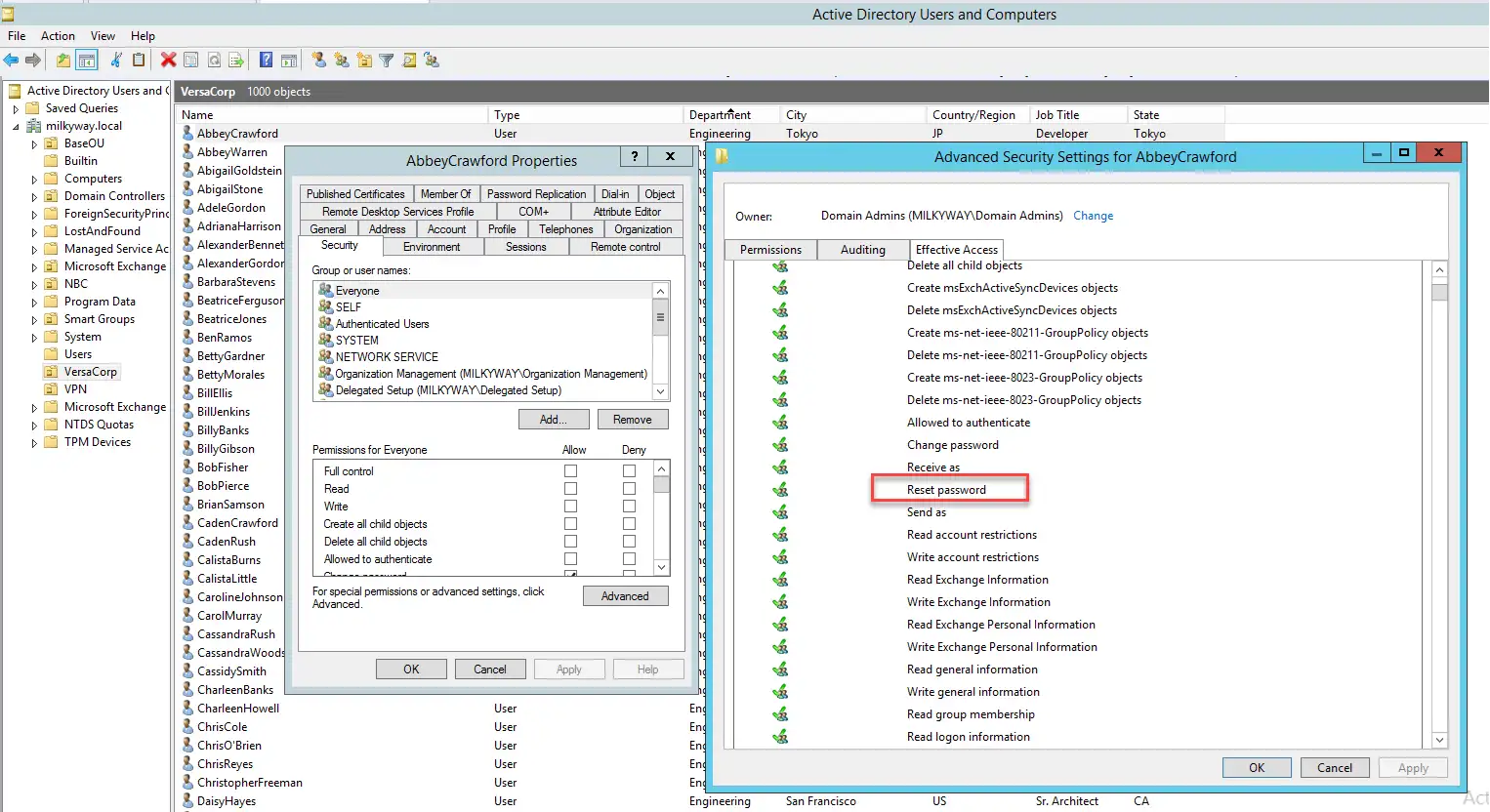A Complete Guide to AD User Password Reset Best Practices
A Complete Guide to AD User Password Reset Best Practices
Blog Article
A Complete Guide to AD User Password Reset Best Practices
Resetting passwords in Effective Listing (AD) might sound straightforward, however the numbers color an alternative picture. New tendencies reveal that around 40% of helpdesk calls are linked to individual code issues. With organizations moving toward electronic ecosystems, successful import users into active directory has turned into a top priority. However, many agencies however struggle to steadfastly keep up, leading to lost production and disappointment for both IT teams and employees.
Code Reset Requests on the Increase
Data reveal a unbelievable upsurge in password reset demands throughout distant function periods. Study from IT forums reports that user code reset needs may spike by up to 60% on Wednesday days or after holidays. This spike often overcomes helpdesks, leading to admission backlogs and postponed responses. Consumers become closed out of systems, and productivity dips with every moment used waiting.

Forgotten Accounts and Complicated Requirements
One main basis for repeated password resets is individual memory. When organizations enforce rigid code procedures (think uppercase words, special heroes, and standard changes), workers will likely forget their credentials. Studies reveal that 30% of people admit to neglecting passwords if needed to change them every 60–90 days. These frequent changes, nevertheless intended to improve safety, ultimately raise reset requests.
Security Problems and Consideration Lockouts
Protection is yet another concern. Statistics show that account lockouts donate to 20–50% of most helpdesk tickets. While lockouts are designed to reduce unauthorized entry, they are able to also disturb workflows. People who get closed out may effort numerous inappropriate logins, leading to process alerts and, in some instances, lockouts that want IT intervention.
Options Increasing Grip
To handle these traits, agencies are turning to self-service password reset (SSPR) tools. Data from computer surveys spotlight that companies applying SSPR reduce helpdesk passes by as much as 70%. With multi-factor authorization and user-friendly interfaces, these systems empower users to reset passwords securely without IT involvement.

Teaching customers also makes a measurable difference. Organizations introducing attention applications see a 25% decline in password-related issues. Education employees on password health, safe reset practices, and recognizing phishing efforts is essential.
Looking Forward
The data make sure AD password reset difficulties really are a persistent, trending concern. However, by adopting self-service options and prioritizing consumer knowledge, companies may ease the pressure on IT, lower downtime, and keep tougher safety across electronic workspaces. The information is clear: positive code management is the important thing to a simpler, safer AD experience.
Report this page